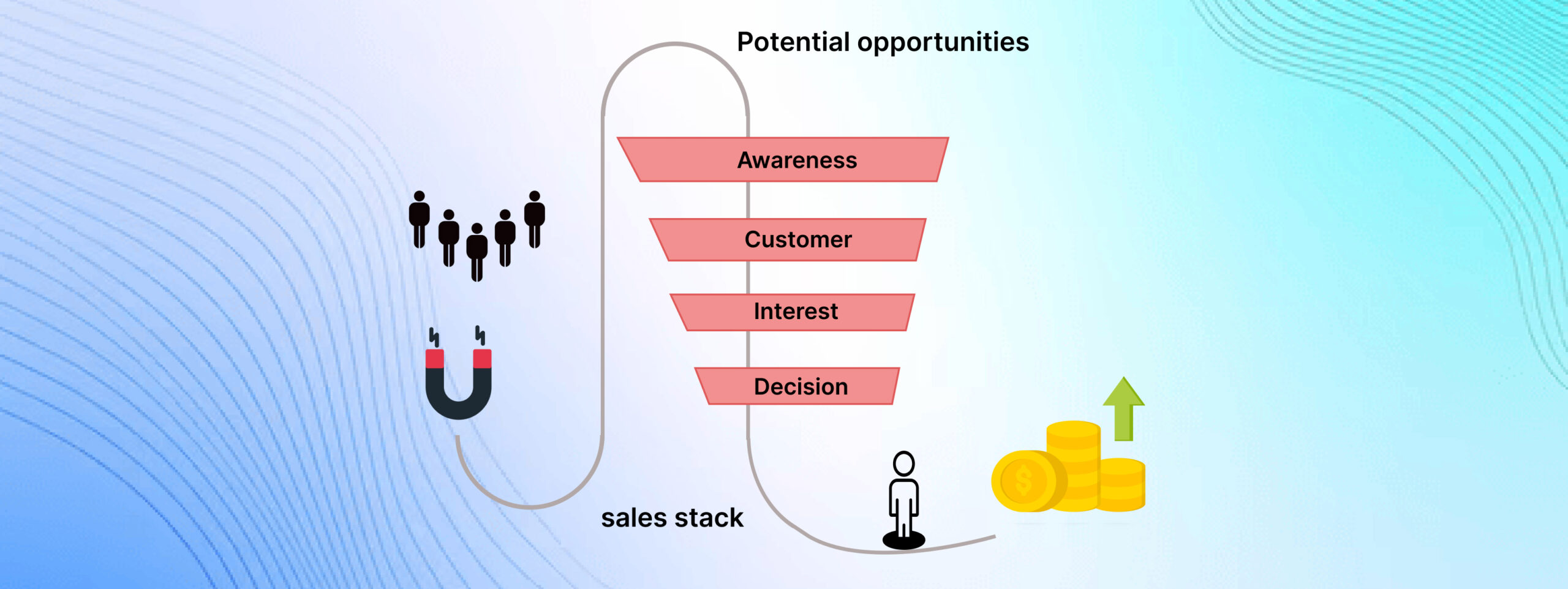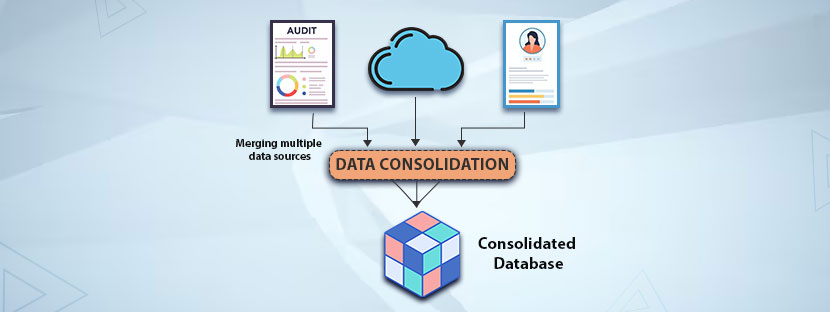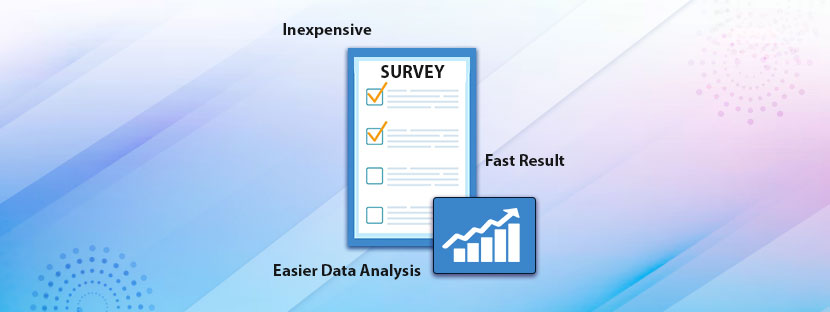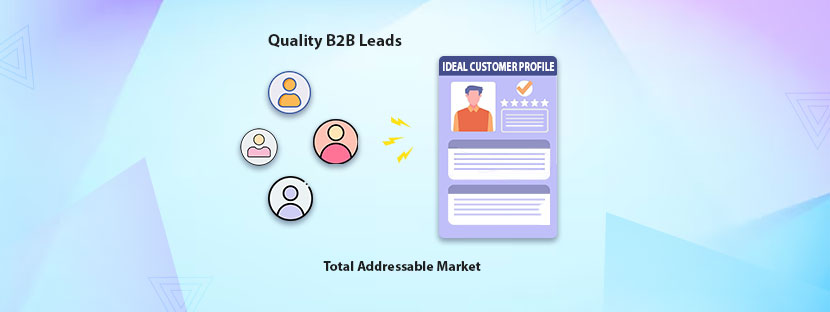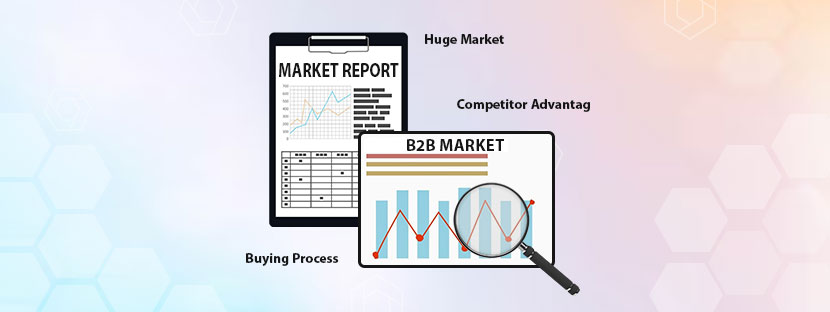Almost all CMOs, VPs, and big brands follow a predictable sales pipeline to achieve sales targets. However, the reality is different. In B2B, 80% of new leads never get converted, and they get stuck in pipeline stages. Eventually, it becomes a loop where the sales teams suffer.
To come out of that loop, framing predictable pipeline strategies is a must. Let this blog help you do that.
Proven Methods to Build a Predictable B2B Sales Pipeline
Pipeline anxiety is very common in the B2B industry. Most of the sales and marketing leaders have that. They usually keep running the sales operation within a strict budget. So, they need to work with the best quality pipeline opportunities. Building a predictable sales pipeline requires some aspects to keep in mind, they are;
Set Realistic Revenue Goals
Be ambitious but think realistically while framing out your revenue goals.
Before you set realistic goals for your sales, you need to understand the value of your total addressable market (TAM). Whatever value comes, you need to set your pipeline value 3X to 4X of your TAM. Because it is the highest and realistic parameter for setting a predictable B2B sales pipeline.
The value of your pipeline is set a little higher because not every opportunity turns into a conversion. Only 30% to 40% opportunities can ultimately turn into customers. Hence, stop putting fictitious numbers as your sales goals. Be realistic when it comes to strategizing predictable pipelines.
Revisit Your ICP
If some time has passed since you prepared your Ideal Customer Profile (ICP), you’re running late. Probably, your sales pipeline is not performing well because you have not updated your ICP since then. You need to revisit your ICP as early as possible.
Productive B2B companies always revisit their ICP; rather, they develop a dedicated support system for revisiting and modifying their ICP data. A few companies (mostly at the top layer) recommend reviewing ICP data at least once a year. It’s not like changing your ICP data every time, but to review it when necessary.
While reviewing, most of the matters in the ICP appear directly. That helps companies to change their approach towards looking at the ICPs. Here’s the action plan for reviewing and confirming your ICPs;
Implement Better Maintenance of Your Pipeline
It’s vitally important to maintain a well-managed sales pipeline. If the pipeline contains outdated and cluttered data, then the sales efforts might not be successful. It’s a total waste of hours and administrative expenses, right?
Some of the functions in the sales pipeline can be automated. If possible, make them automated. It will save your budget and time for performing repetitive tasks. But before that, all your customer data must be managed in your CRM database. Don’t forget to fix CRM duplication issues before you initiate anything for your sales pipeline.
Here are some ways that you can adopt for managing the flow of your sales pipeline
Systematize your sales channels
Just like a blind man can’t cross a road without support. Without systematizing your sales channels, your team cannot make sales. You need to fix the goals and find a way to reach them. Objectifying the sales efforts can make sense at this point.
First of all, define your pipeline stages. Top companies across various industries have a well-defined and dedicated sales pipeline. They follow them thoroughly from the top layers to the bottom without fail. It helps them systematize their sales pipeline effortlessly.
Consider updating your CRM regularly
Make your sales faster than anything. Consider updating your CRM database for a better understanding of your customers. Updating means you need to replace the old customer records with new and enriched data. If you’ve done it consistently, you can always have better customer data than anyone.
When you focus more on regularly updating your CRM database, you can end up making better decisions. You will get improved data, which will also help your sales team to communicate better with the customers and prospects.
Recruit a sales pipeline manager
Your sales teams have mainly two tasks: one, closing deals, & two, engaging in the CRM tasks. If they are doing something else, it’s a distraction. Here, you need to have someone who can channelize the sales pipeline. A dedicated sales pipeline manager can do this better. You need to consider recruiting a qualified person for this role.
Having a dedicated manager to handle the sales pipeline is a great thing. They can manage the sales operations, handle all admin tasks, and build an automation system. Moreover, it can help your sales team move through the sales pipeline efficiently.
Embrace automation
At present, automation is doing wonders in the field of sales and marketing. Using old-fashioned tech stacks can cause unpredictability in the sales pipeline. Because many of these models have not been updated yet, they cannot provide the functions you need to handle enterprise-sized functions. Hence, you need to integrate an automated system for maintaining your sales pipeline and its functionalities.
Making the sales pipeline predictable is our aim here. So you have to think about possibilities where you can automate the procedure. Some of the key areas you can target for automation are
Enriching your lead data: Integrating automated tools for lead enrichment can save tremendous time for your sales and analytics teams. Nowadays, SaaS companies are developing CRM software that can handle lead data enrichment. They also provide lead scoring to qualify the data measures.
Assigning leads to the sales team: Allotting leads to your sales team itself is a huge task, and that demands a specialized person or a team. However, due to the development of business process automation, it can be done easily through automated applications. So, it can decrease the manual needs for assigning leads to the sales team every time.
Sending Reminders & Follow-Ups: Nowadays, most CRM applications provide automated reminder support. It’s more like creating alerts for the sales teams on specific things (sales touchpoints). This option is also available for sending email reminders and follow-ups.
Optimize Your Sales Process
Developing predictable pipeline strategies is not rocket science. You don’t have to solve a critical mathematical problem (glad if you can). All you need here is to optimize your sales process. Constantly optimizing your sales process can deliver you with big results eventually.
Understanding the sales process is important before you plan for optimization.
Putting “book a call” on your website and sending emails to ask for a meeting are not going to help you get more calls. Optimizing your sales process can do much better here. Hence, you should shift your focus to that.
Encourage Fresh Ideas to Come
Sales and marketing need creative powers to execute. Encouraging fresh ideas from the sales and marketing teams is a great thing, and you should embed this into your organizational culture.
“The real issue is not a lack of efforts – but it’s a lack of empowerment” – that’s a great statement. This is very much applicable to sales and marketing teams. Your teams do not need motivation to perform creative tasks; all they require is empowerment.
Creativity comes with empowerment, not under pressure. Building a predictable sales pipeline strategy requires creativity at a very high level. Hence, you need to empower your teams and encourage new ideas to come out. How do you make it?
Here are some tips you can follow to encourage fresh ideas to come out;
Positional switch: One fixed position and its associated responsibilities are not the real empowerment, to be very honest. As a creative sales team, your people have to take up new responsibilities beyond their designated and defined roles. For example, C-level executives are now connecting with the end-users via LinkedIn to develop a brand presence.
Prefer to solve problems first: Your prospects are facing some problems, which is why you’re here to solve their problem. Right? So, focus on developing a great solution for your prospects to mitigate their problem. Your creativity should reflect in that direction. It helps predict the sales pipeline with due diligence.
Strengthening your deal: Maximum sales teams are stuck in the sales pipeline because they cannot estimate delivery timings. That matters when closing deals. Therefore, the requirement is here to deploy creative powers to strengthen the deals using delivery estimates. Besides, focusing on channelizing contract terms is also considered here as a creative force in the sales and marketing operations.
Reframe the Customer Journey Stages
Building a predictable sales pipeline demands reconsidering and reframing your customer journey stages whenever required.
You cannot expect your B2B buyers to purchase in the same way as other buyers do. The decision from their side is not usually to come from a single person, but from groups. So, it is always better to capture the mindset of your B2B prospects via mapping their buying journey.
Every customer journey is unique, and customers often have numerous questions when interacting with a brand. So, you need to identify those questions asked in each stage and frame a suitable answer accordingly. Therefore, you can predict the sales pipeline and prepare the answers accordingly.

Understanding the stages of the customer journey is important, so here’s how you deal.
Stage 1: Awareness
This is the initial stage when buyers become aware of their problem and begin searching for solutions. The awareness phase is all about researching and exploring new things. But they are not actively searching for a solution; rather, they are trying to understand the problem from their end.
Thus, at this stage, applying the predictable pipeline strategies, you can simplify the problems that your prospects are facing right now. The focus here is on building a purchasing decision in your prospects’ minds. Make sure you help them genuinely figure out their problem, not to try out your solutions.
Stage 2: Engagement
Once you share valuable content, you’ll start engaging with your prospects. Addressing the key issues is a direct approach to engage with your prospects. Towards the end, you need good engagement with your prospects for better conversion. It means you need to be consistent throughout the engagement phase to make a deal.
Helping them form an opinion about your product should be the end result of the engagement. Predictable sales pipelines often have this tendency to measure engagement rate. When your prospect engagement strategy is ready, you can do better, naturally!
Stage 3: Selection
It’s the phase when you onboard your customers. They have sufficiently engaged with your offerings and now want to make the purchase. It also means you passed the exam of convincing your prospects with flying colors. Most of the time, your targeted prospects demand quick onboarding. Therefore, you should provide a seamless onboarding experience to them. This is possible when you predict your sales pipeline in advance. That’s why reframing your customer journey is important.
State 4: Advocacy
If there’s something in the outer layer of the customer journey, then the advocacy stage is the thing. Remember, at this stage, your sales team has done its job, and the purchase is already made. So this phase is all about getting responses from your customers on how they like your offerings.
Let’s strategize this. You need to offer them your services again (if they need it) and provide some discount or added advantages only if they introduce you to their business network. This is a hard step, and some customers may not like it. But the aim here is to get recommendations. If you get a recommendation softly, you need to provide a superior quality offering loaded with benefits that your competitors could not imagine providing. You’ll get promoted naturally without any hard marketing tactics.
Once you frame and deploy predictable sales pipeline strategies, there’s no looking back. You can frame your content and prepare your sales team with good pitches because you’ll know what is going to happen next. Besides that, you can be more creative within your sales pipeline as you’ll get enough scope to frame suitable strategies.

